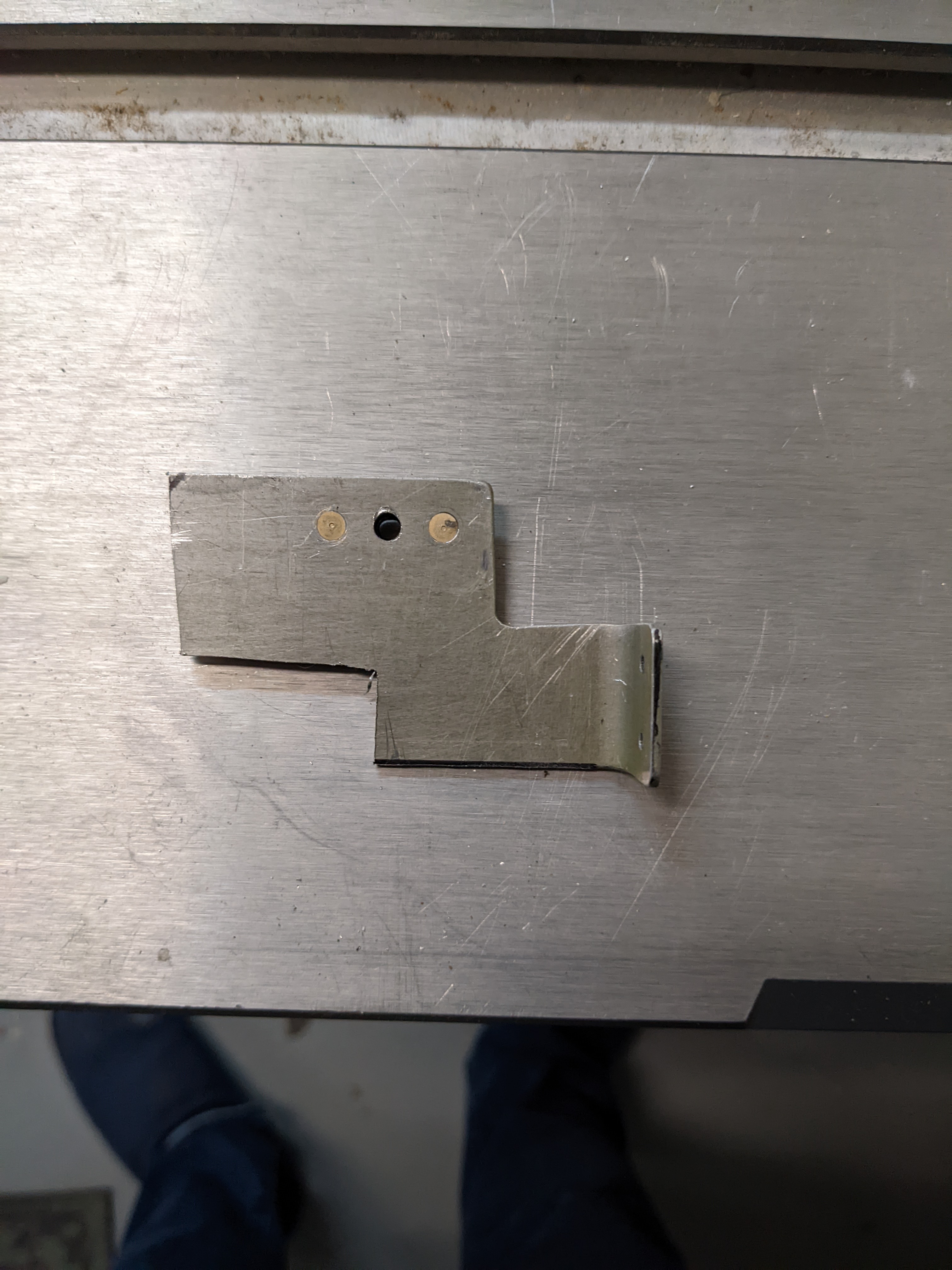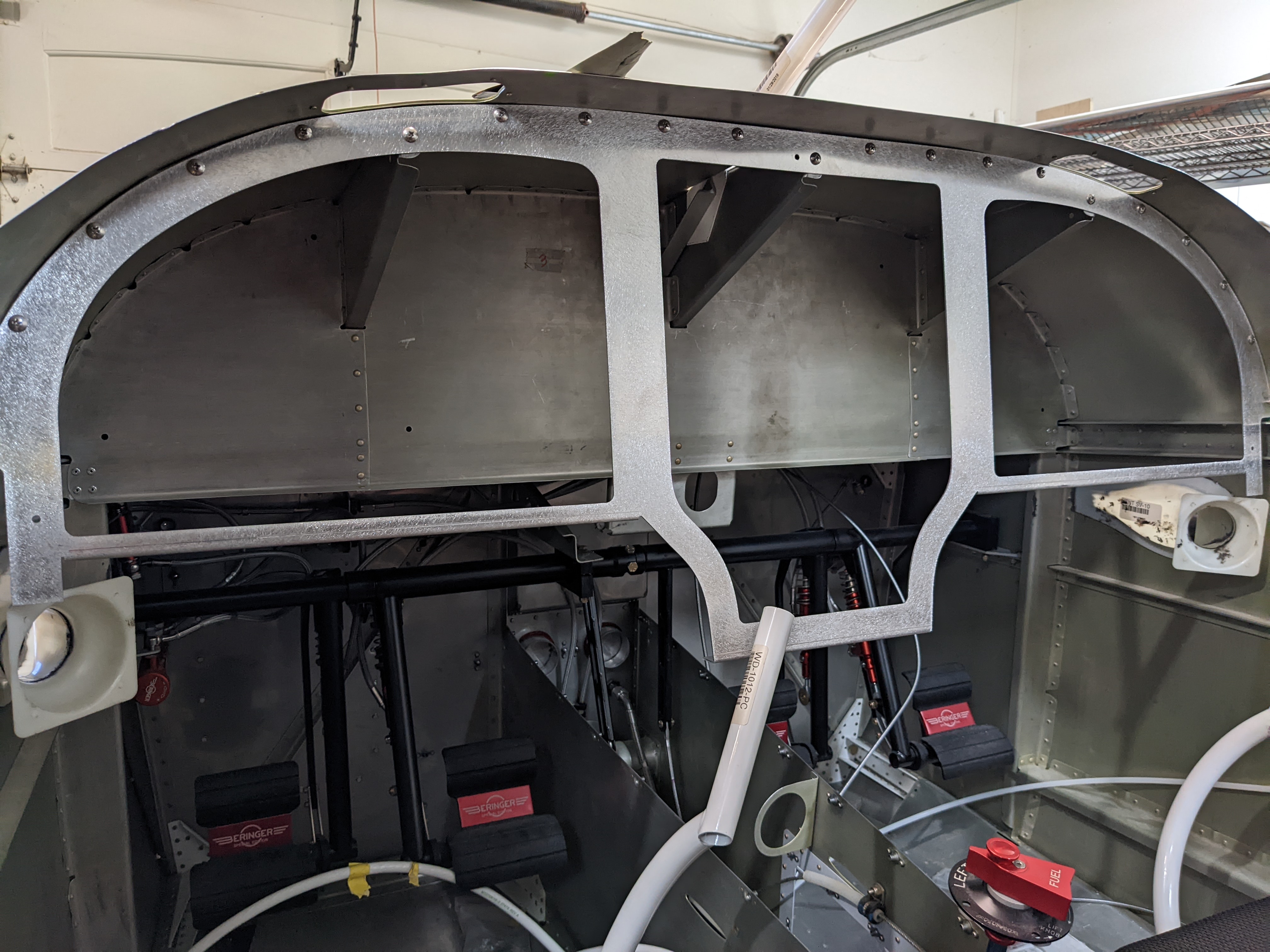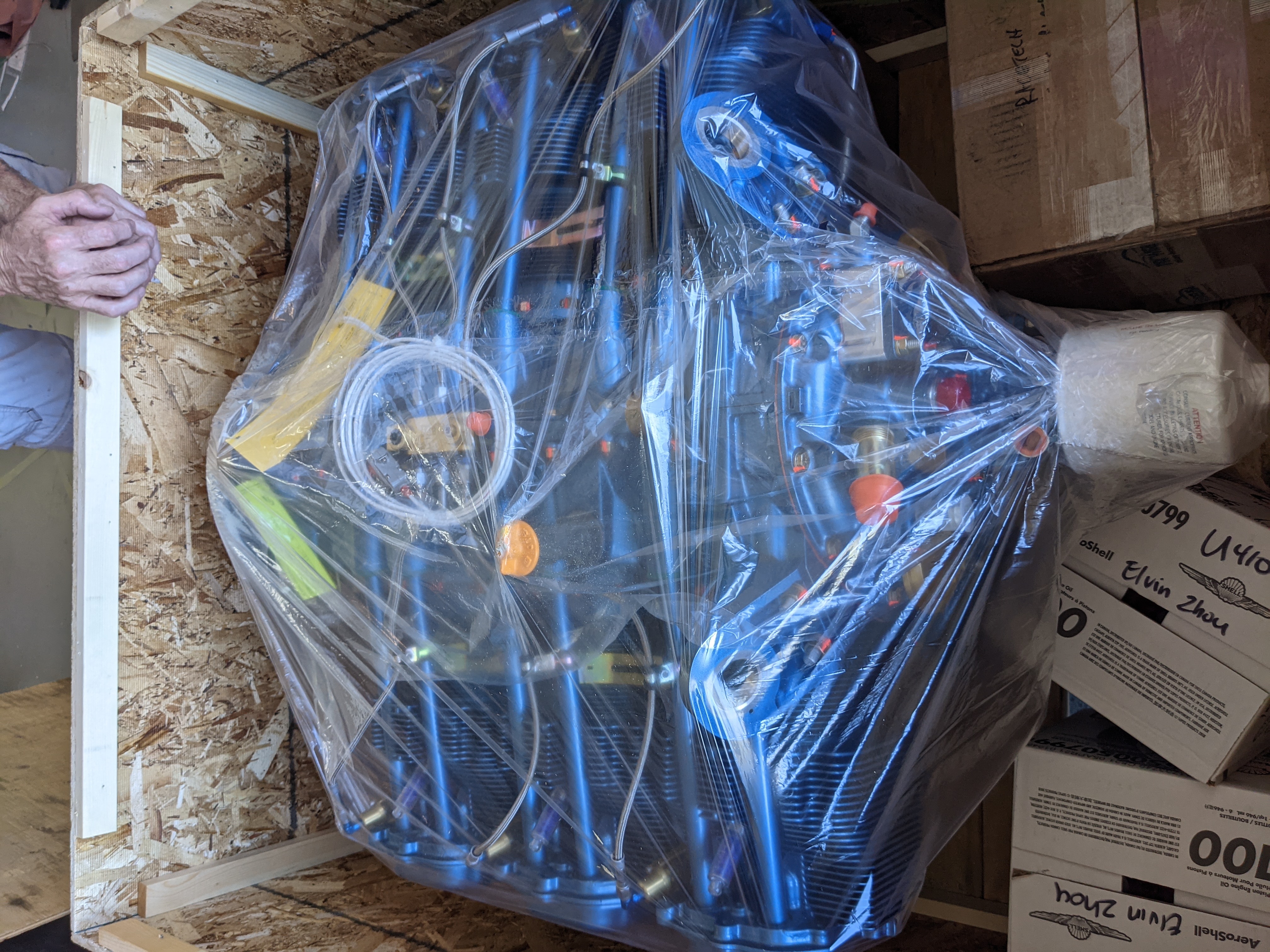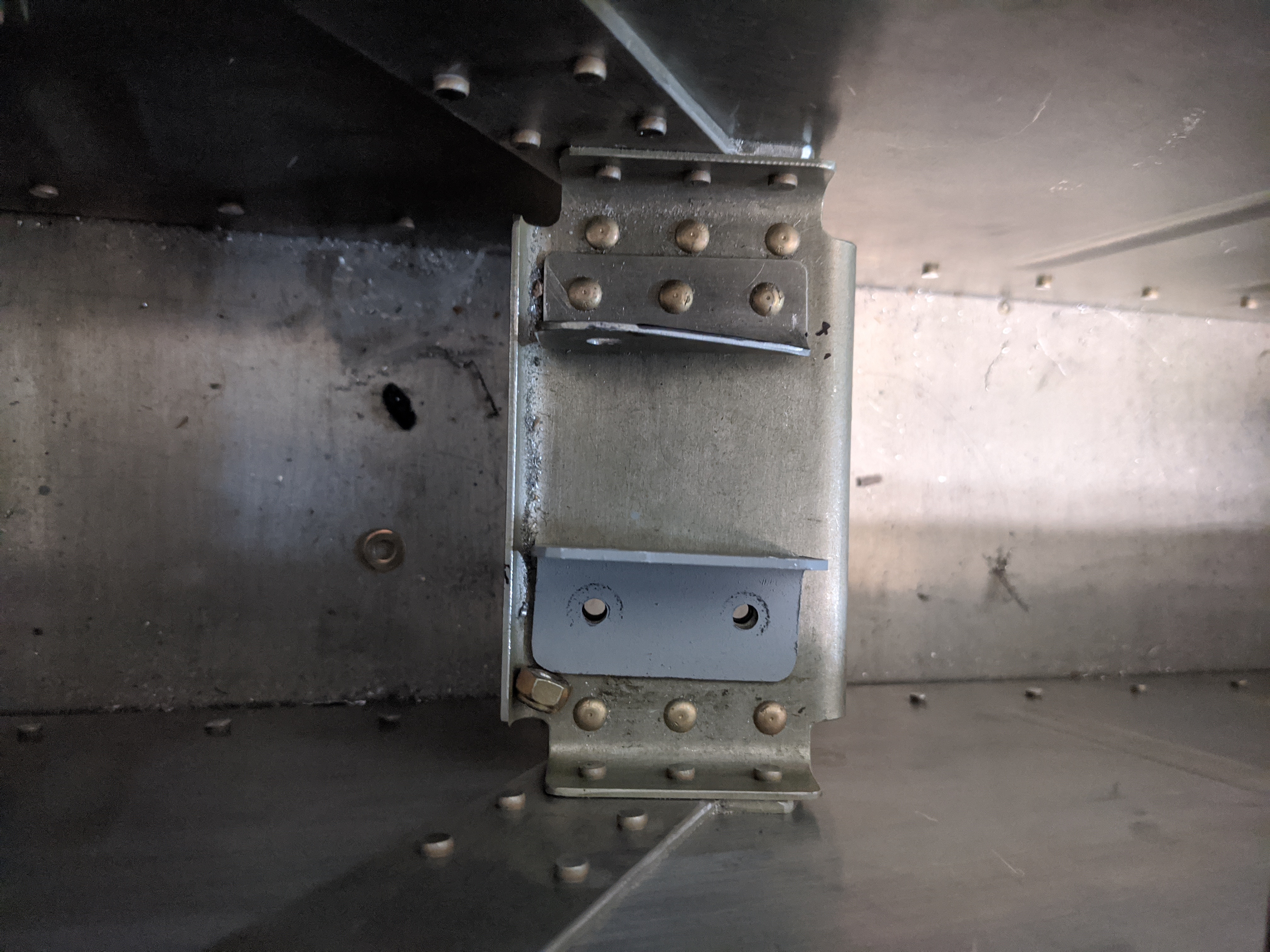Wings
Continued on a couple of tasks to finally close out everything that needs to be done on the wing, except we had to head to the hangar for these tasks. At this point, we needed to finish screwing in the wing tip and finish working on the wing tip access plates, as well as dropping the fuel tank again (!) for leak testing. Learned a couple of lessons the hard way on why it's important to finish as much as humanely possible before moving to the hangar. We're about 20-30 minutes away drive, and yes, both times we went out to the hangar we realized we needed different tools or parts that we didn't bring. We got the wingtips all screwed in at least, but will have to leave the fuel tanks to be dropped next time as I only had a long torque wrench with me and couldn't get at some of the bolts, need a shorter rachet socket wrench to get the required movement.
Cabin Top
Working on a couple of items to finish up the cabin. At this point, we are rebuilding the seal channels again and again to get them in the correct position. When we sanded the cabin top we sanded the gutter flat on the outside but there is still a bit of a curve on the inside of the cabin top. When we put the seals with epoxy on there is a natural tendency for the seals to curve outwards following the door gutter curve. Not a big deal, just tedious to continously sand off and reapply to get the correct geometry. Once the seals are in a place we like them we'll install the gas strut bracket and finish up the planearound latch install, which should finally close out the doors!
Also have started on fitting the center console. The center console we received from Aerosport did not have the scribe line for the throttle quadrant cutout, so the first thing we did was to disassemble the entire quadrant to take out the levers. With that done, we used the quadrant itself as a guide to mark out the cutout on the center console. Once cut out, follow this video. However, instead of doing all this in the plane I was able to use a sharpie to mark the location of the sides of the center console in relation to the tunnel and then take it out of the plane to work. Also, since I'm using control approach pedals I needed to cut slots in the tunnel cover to fit. Since I had the pedals installed already and didn't want to unhook the rudder cables, I cut the cover in half about the midpoint of the second and third screw hole from the front which allowed me to fit the cover and the slots around the control arm. Next week: Duplicate tunnel cover holes in center console and locate throttle quadrant and fuel selector.
Cowl
Finishing up cowling as well. Top cowl we are using Skybolts for the top flange only, and sticking with hinges for the rest. Glassed in strips of carbon fiber on the top and bottom of the aft top cowl to increase stiffness and prevent pillowing in this area. Bottom cowl I had to open up the gear slot a lot more as contact with the nose gear has already stripped away a lot of the powder-coat. Plan is to spray an enamel coating once we are done with cowl fitting.

 You can see the pre-drilled holes in place on the frame.
You can see the pre-drilled holes in place on the frame.




